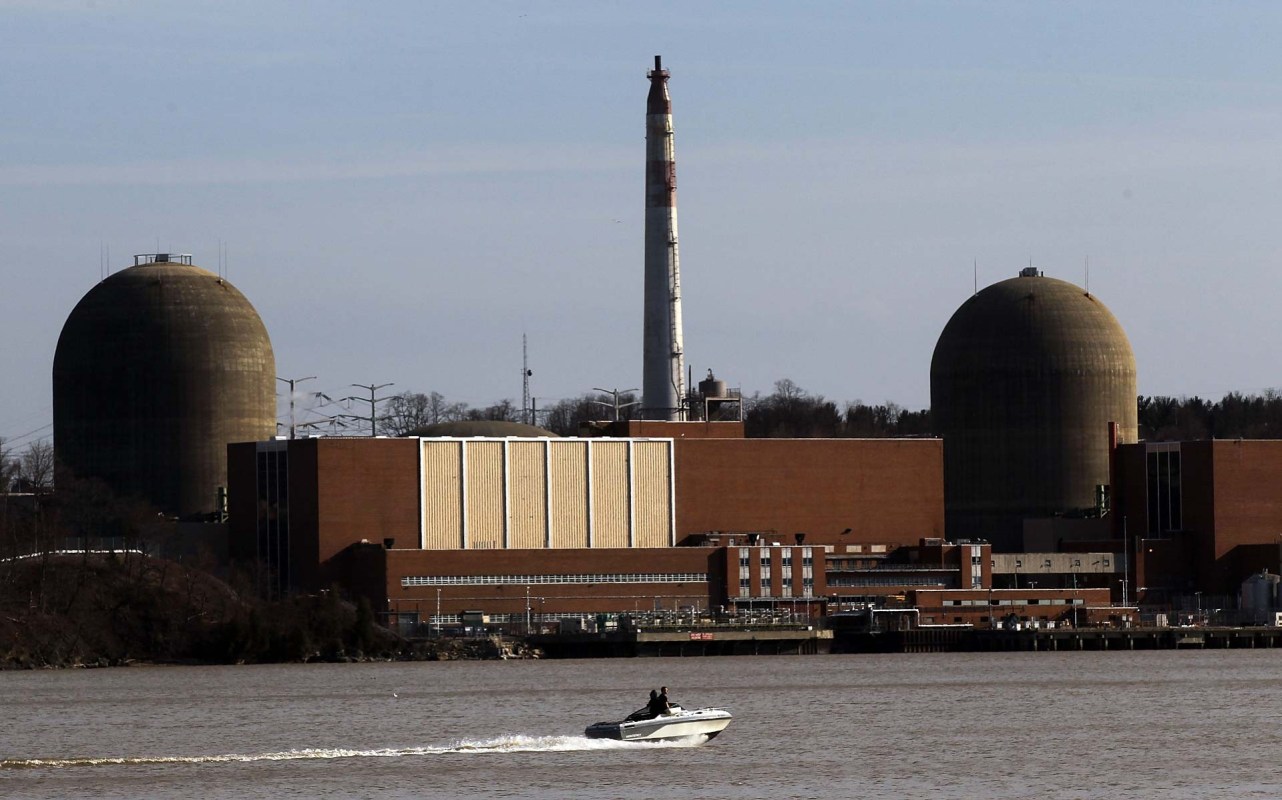The 2017 decision by New York energy officials to begin closing the Indian Point nuclear power plant couldn't have been an easy one to make, but it was initially perceived as a win for the environment. Now, the fallout of the decision is raising new questions.
What happened?
By shuttering the facility, officials eliminated an installation with a growing amount of risky incidents, according to published reports, per the Guardian. The move also provided an opportunity for the state's renewable commitments to shine.
However, the nuclear powerhouse had been generating air pollution-free energy since the 1960s, serving as one of the state's 10 largest electricity makers, according to the federal government.
But natural gas has surpassed the wind and sun in replacing the fission reactor's generation in the Empire State, per a J.P. Morgan report.
"From a climate change point of view it's been a real step backward and made it harder for New York City to decarbonize its electricity supply than it could've been," Ben Furnas, an energy policy expert at Cornell, told the Guardian.
Indian Point was completely closed in 2021. The country now has 54 nuclear power plants, making about 19% of the nation's electricity.
The shuttering came after repeated reports of calamity-capable mishaps, including transformer fires, radioactive spills, and failed accident drills, the Natural Resources Defense Council reports. United States Senator Bernie Sanders called the facility a "catastrophe waiting to happen," according to the Guardian.
When the two newer reactors at the facility were cooking at the same time (the first of the three was closed in 1974), they met about a quarter of New York City's massive power needs.
Why is the plant's closure important?
NYC's air pollution has gone up since Indian Point closed because dirty energy, not renewable sources, has mostly filled the gap.
J.P. Morgan reports that three new natural gas plants and dirty energy imported from other states are keeping the lights on. As a result, NYC's regional emissions per megawatt-hour are higher than the nation's average — even more than ERCOT's, the agency responsible for managing most of the power supply in Texas.
"So, while Texas is more 'red' than New York City, it's now more 'green' as well," the J.P. Morgan report, released in March, states.
New York has ambitious sustainable energy goals, including reaching a 70% renewable power supply by 2030. In 2022, renewable and nuclear power accounted for 51% of "total in-state generation," according to the U.S. Energy Administration.
"This has been a cautionary tale that has left New York in a really challenging spot," Furnas told the Guardian.
What can be done to help?
Staying educated about renewable power projects is a good way to start. Technology to harness energy from the sun, wind, and waves is becoming more efficient and less expensive.
Community solar programs utilize the sun's power without installing a panel system. With some research online, you can save cash each year and prevent thousands of pounds of air pollution from hitting the atmosphere.
Nuclear fusion advancements could eventually change the energy game entirely, providing a safer, less radioactive, and more abundant energy source. The tech could eliminate many of the fears about rare yet serious nuclear disasters, making tough decisions like the one regarding Indian Point a thing of the past.
In New York City, officials plan to bring in hydropower from Canada and electricity from solar and wind upstate. Offshore wind projects in the works should help to increase the renewable output in coming years, too, per the Guardian.
Join our free newsletter for cool news and actionable info that makes it easy to help yourself while helping the planet.









